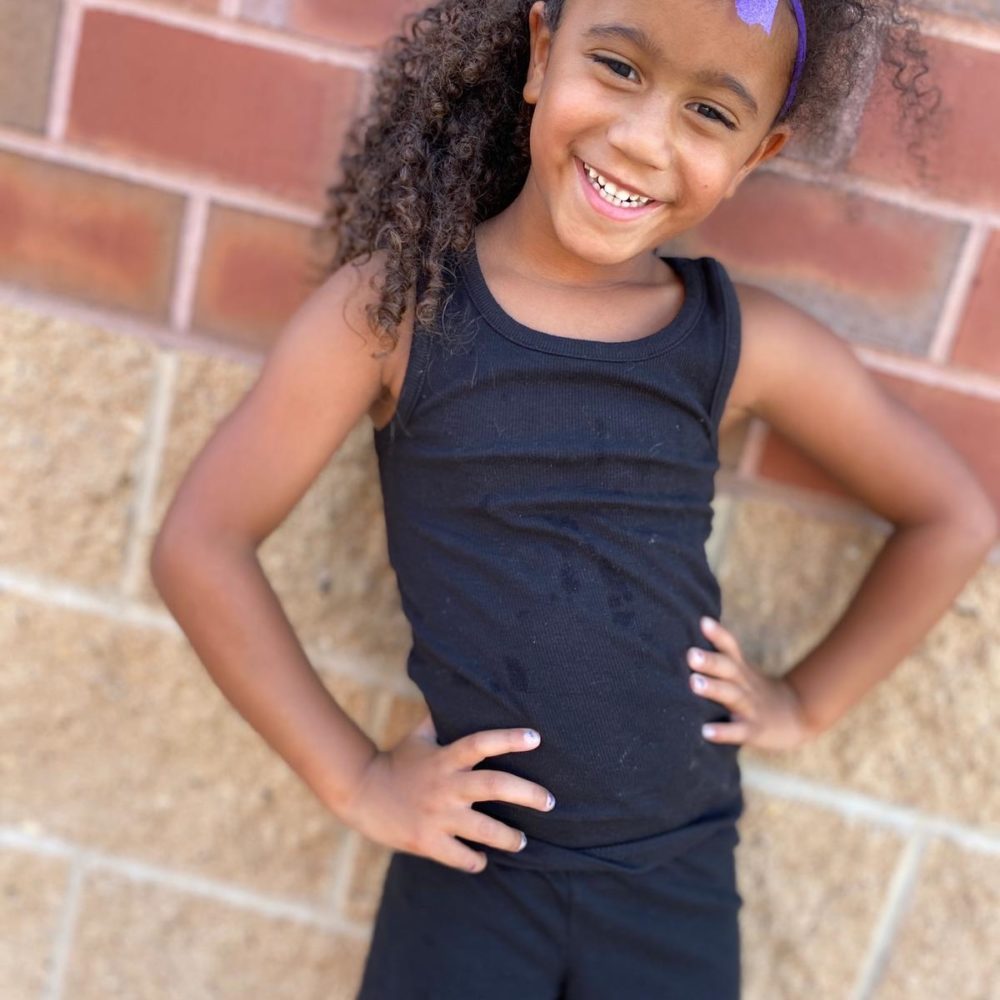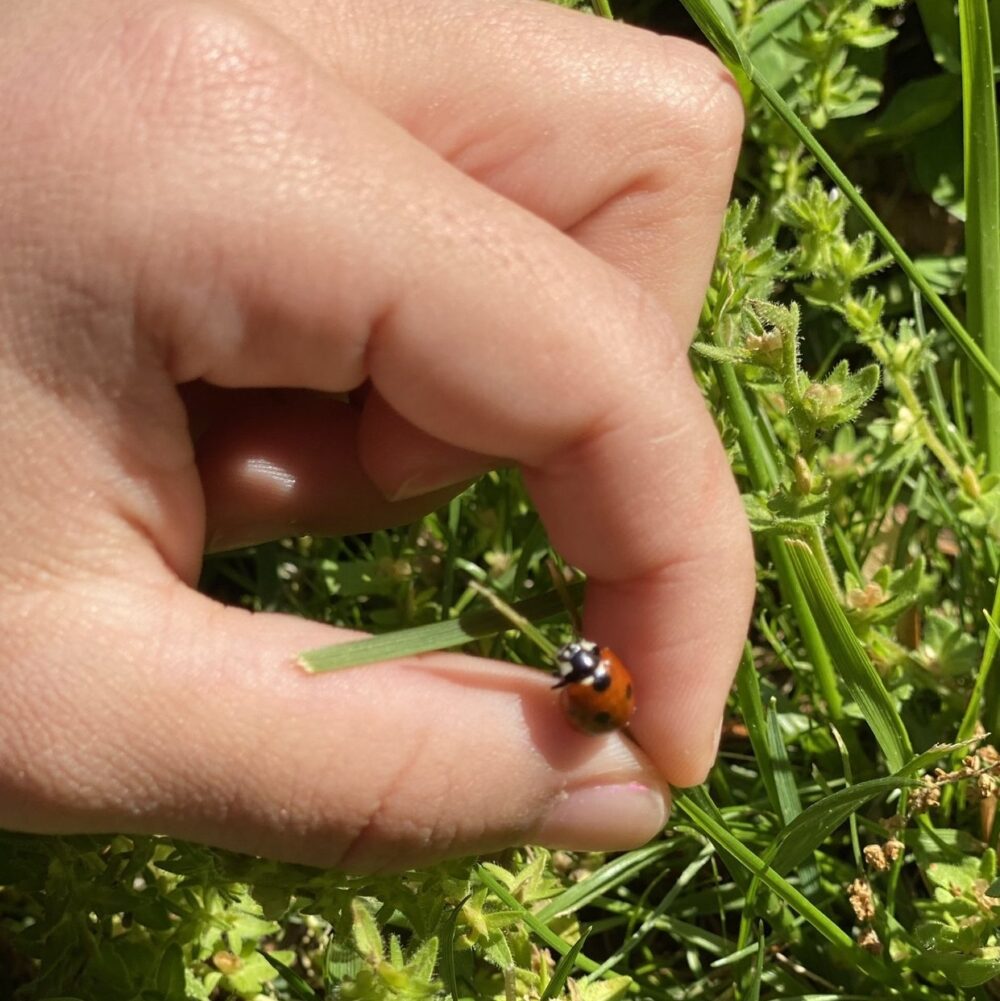Summer of Innovation is a campaign designed to unlock possibility for young people across the country. Held every summer and powered by YELLOW, SOI empowers the creators and entrepreneurs of tomorrow. The campaign invites students to identify a problem, design a solution, and pitch their project to a panel of judges, with the winners receiving the mentorship and support to make their ideas a reality.
Last summer, middle schooler Liam jumped at the opportunity, creating an innovative fish tank that manages all of a fish’s needs, while raising funds and awareness for the Monterey Bay Aquarium. The product, TikoTank, was named after Liam’s own fish, Tiko. He explained, “My pet fish Tiko died, so I wanted to create something that I could remember him by, and so that other fish that weren’t getting taken care of properly could be healthy and wouldn’t have the same death as Tiko.”
His mother, Dina, chimed in, “It was traumatic for him to see his fish die because every day he would talk to that fish and they shared some kind of connection, and all of a sudden he just passed. So for him it was a devastating thing that propelled him to think, how can he resolve this problem, so in the future it doesn’t hurt other kids?”
That question fueled his work on TikoTank. Looking back, Liam laid out his step-by-step process for finding a meaningful project and creating the perfect pitch.
1: Find Your Motivation
Most of the time, I try to find a motivation for what to do. Like I was motivated to do TikoTank because my pet fish, Tiko, died. I’m not saying I want anybody to die, but I need to find a motivation or something that will inspire me—inspiration and motivation.
2: Plan
My next step is to plan out how I’m going to do it. I ask questions like “How should I work on this part of my creation?” Or “How do I refine my idea?” Because what if my idea is too crazy, and I make a spaceship that goes to the moon? When I come up with my ideas, sometimes I don’t really think if it would work or if it’s too crazy, but sometimes it can be. So I need to make it more realistic and more practical.
When I make something more realistic, I would have to know what materials I can access first because I might not have the materials to build a spaceship, for example, but maybe I can build something on a smaller scale. Maybe a mini rocket that doesn’t go too far would be more realistic.
Also, I would research if there are any companies that have the same idea as me. These other companies might be better than my project, so I would want to make mine different from theirs. If I made mine the same, then they would think that I copied them. Also, let’s say I had the same project and they were considered famous, then they would probably steal all my potential buyers because the buyers would think mine was just a knock-off version of that company.
Finally, I think about if it’s something that people would consider actually useful because people wouldn’t want it if they wouldn’t use it. Let’s say I made an electrical pencil pouch—I don’t think people would consider that useful because it’d probably be easier for them to have a normal pencil pouch, and that’s cheaper. So something that would be useful.
I use all these questions to refine my idea and make my plan.
3: Create a Model
Once I have my plan, I would definitely get the materials first, so I could actually do it. Then what I would do is try to create a prototype or make a model of it on a computer, so I could test whether it would work well or not. Like for TikoTank, there is a fish feeder and a cleaner, so for the cleaner and for the fish feeder, I had to make two servomotors, so I would have to test if those would work on what I’m doing.
4: Build It
After I tested it all, I’d build it. I would build it, and if it didn’t work, I would go back to my computer model and do some changes and see if that would work better.
5: Make Your Pitch
After I tested if it works, I would do the pitch. Of course, I would practice my pitch. Like with TikoTank, I came up with these questions on what I feel like somebody would ask me, so I created a script that would answer those questions. I had to memorize it, so I did multiple short clips of me doing the pitch. I would answer one question, then I would pause the video, then I would have to rehearse my next question, and then I would do the same thing and answer the question.
My cousin recorded me because it would’ve been harder if I recorded myself. I also asked my cousin to edit because he really knows editing, and I didn’t know how to edit at that time—honestly, I still don’t know how to edit videos—so I asked him to do it.
Then I rewatched the pitch, and I was like, “Okay, I feel like this is good.” For TikoTank, I didn’t really revise it at the end, but if I did it again, I would probably revise. I would definitely do the same questions because I felt those would be the questions someone would ask me about my project.
ONE INNOVATOR’S ADVICE
Whether you’re thinking of participating in Summer of Innovation or need to solve a problem at work, Liam’s innovative process applies. For future Summer of Innovation innovators, Liam added this advice: “Don’t worry if you’re going to win or not, just do what you want to do and be confident in yourself.”
And for the parents of future innovators, Liam’s dad, Jerry, encouraged them to give SOI a try. “Go for it. No idea is too crazy. No idea is too ridiculous. I would definitely encourage their creative minds and ask around. There are so many resources out there that I think we tend to forget about. I’d definitely encourage parents to be super supportive of their kids and just let them do their thing.”
Dina echoed his enthusiasm: “Try, whether it’s big or small—a small idea can turn into a big idea. You don’t know as a parent the possibility and the talent that your child might carry or possess. We couldn’t have imagined that Liam was capable of producing such a thing in such a short amount of time. SOI gave Liam an opportunity to expand how he can think. It helped with confidence and really expanded his creativity around how he can help resolve problems. So it’s nice to have this extension from Team YELLOW who’s encouraging kids, who’s encouraging parents and community to open their minds, open the possibilities—what’s the next step for them to improve and develop and eventually contribute that to the world.”



